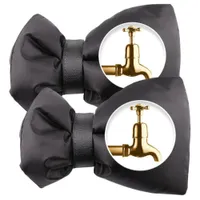How to stop outdoor spigots from freezing - simple steps from experts
Follow these winterization techniques to protect outdoor plumbing in frozen weather.

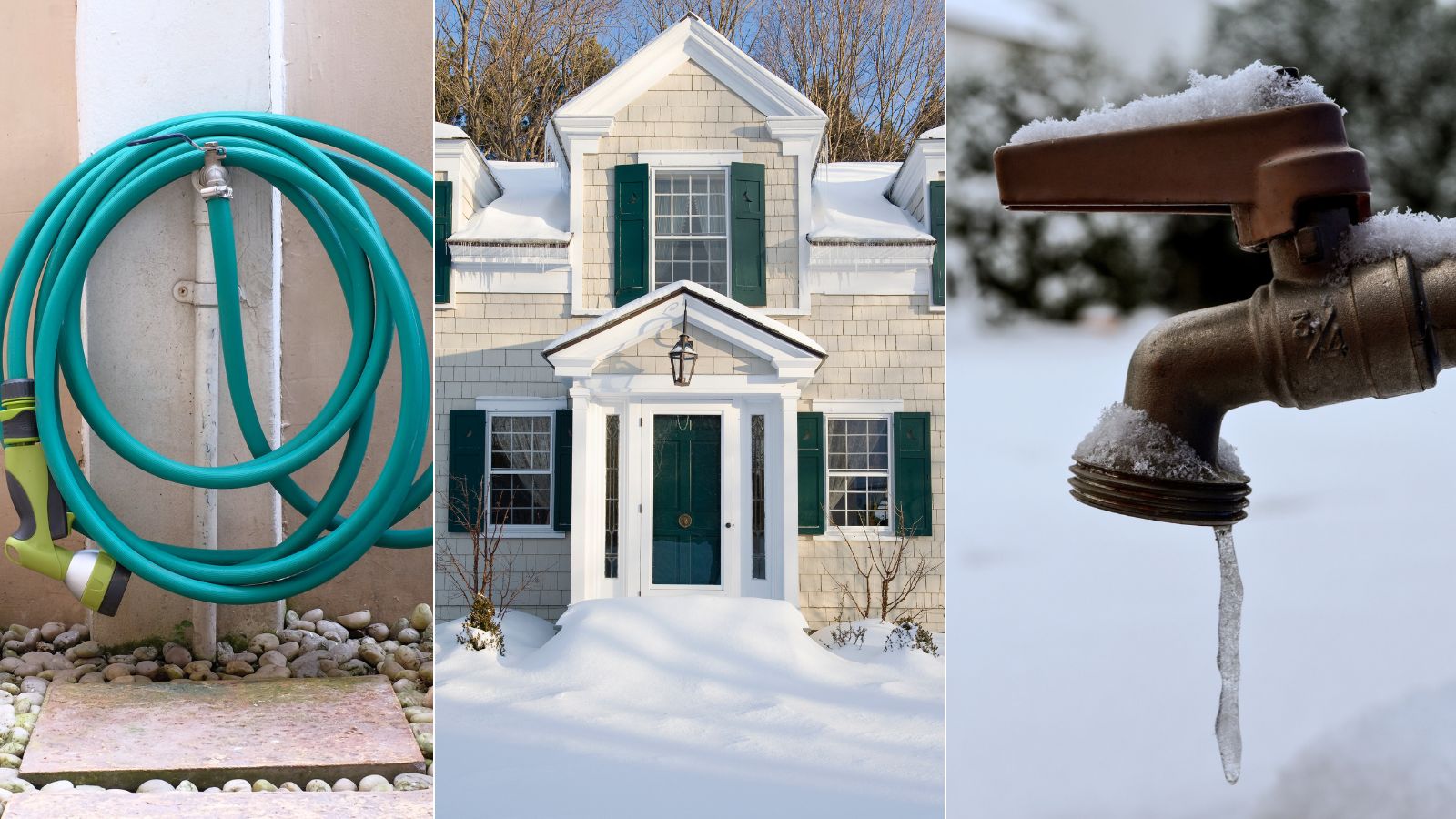
As temperatures drop, it's important to engage in essential outdoor maintenance to prevent damage to your home. Top of our list? Stopping outdoor spigots from freezing.
Implementing proactive measures to protect an outdoor faucet from freezing, including regular maintenance and proper winterization, is key to avoiding costly repairs and ensuring the longevity of your plumbing system.
Below, plumbing and home experts explain the eight simple steps to stop outdoor spigots from freezing.
How to stop outdoor spigots from freezing
Similar to preventing frozen pipes, by implementing these steps, you can effectively protect your plumbing system during the winter months.
1. Disconnect hoses and attachments

First and foremost, remove any hoses or attachments from your outdoor spigots.
Water expands when it freezes, and if it's trapped in hoses connected to outdoor faucets, it can cause the faucet to burst. So, before the temperature drops to freezing temperature, be sure to unscrew and store your garden hoses in a warmer place to prevent damage.
2. Drain the spigot

'After disconnecting the hose, turn on the spigot to drain any remaining water. This step ensures that there is no water left in the spigot that could freeze,' explains Josh Mitchell, a plumbing technician and the owner of Plumbing Lab.
Design expertise in your inbox – from inspiring decorating ideas and beautiful celebrity homes to practical gardening advice and shopping round-ups.

Josh Mitchell is, a plumbing expert and HVAC technician and the owner of Air Conditioner Lab and Plumbing Lab
3. Shut off the water supply

'To shut off the water supply, it's critical to install an indoor shut-off valve for outdoor faucets, allowing you to cut off the water supply and drain the spigot before temperatures plummet,' says David Birkes, owner of Birkes Builders. You can find this shut-off valve at Walmart.
'If your outdoor spigots have an individual shut-off valve, close it to stop the water flow to the exterior,' adds Josh Mitchell. 'This valve is typically located inside your home, in a basement or utility room.'
4. Drain the shut-off valve
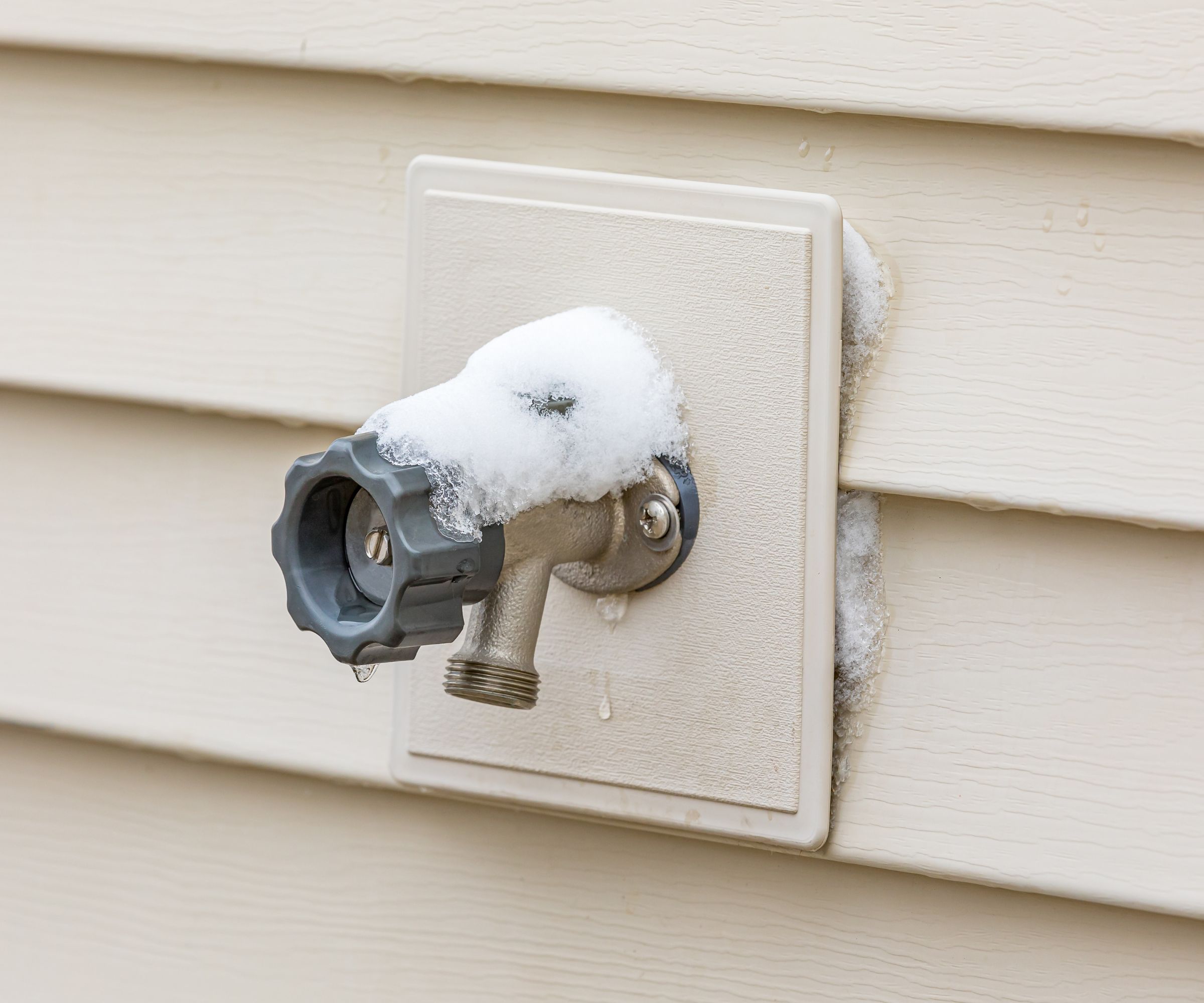
'Once the valve is closed, open the outdoor spigot again to drain water from the line,' advises Josh Mitchell. 'If your shut-off valve has a bleeder cap, open it to release any trapped water in the line.'
Additionally, you can let your outdoor faucet drip to prevent it from freezing since this will prevent stagnant, trapped water.
5. Insulate the spigot
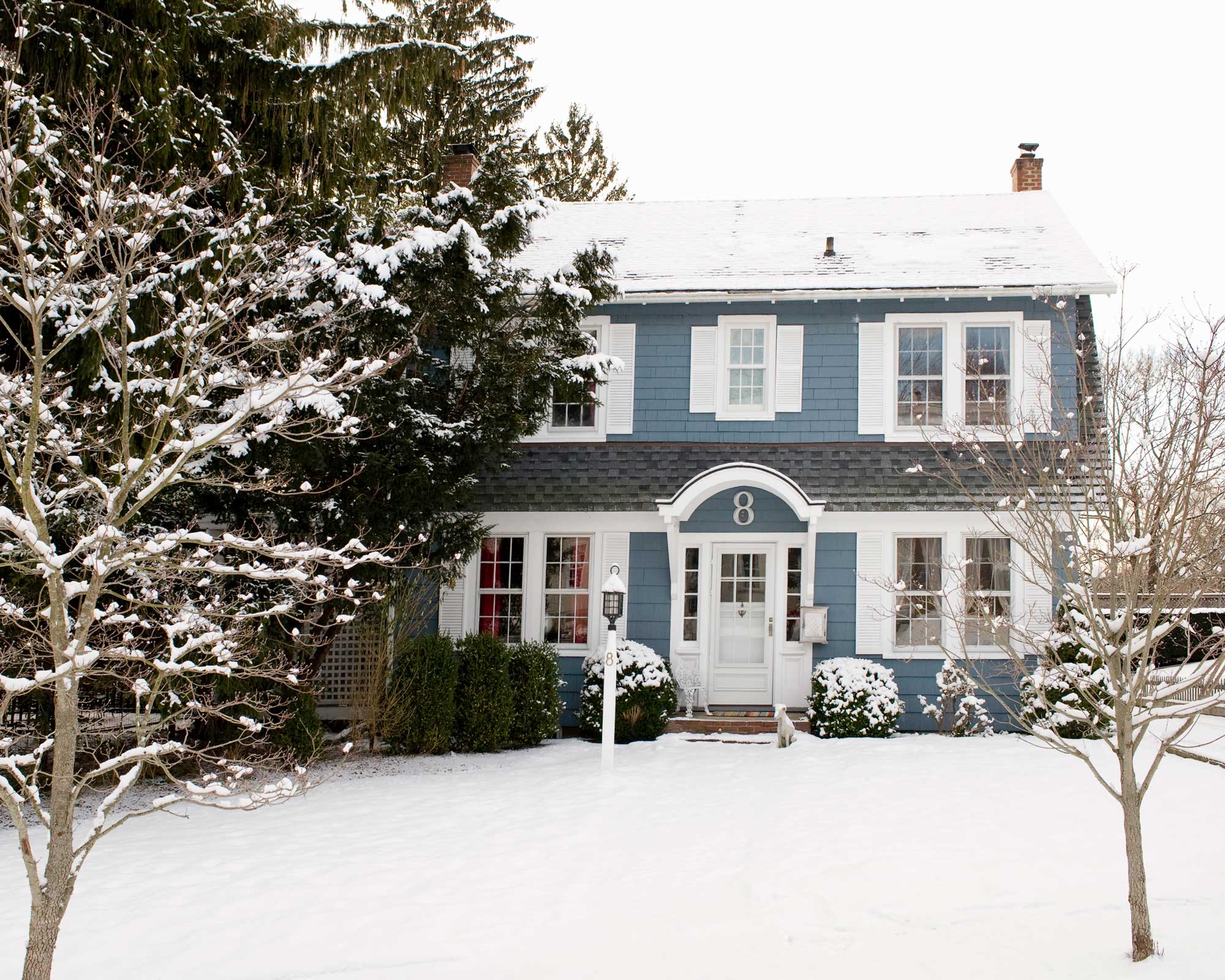
'Invest in a foam insulation cover for each outdoor spigot,' says Josh Mitchell. 'These covers are inexpensive and can be found at most hardware stores and online. They create a barrier against cold air, helping to keep the spigot and adjacent pipe warm.'
'If you don't have a faucet cover, you can use other insulation materials,' says Ricky Annen, home expert and owner of Companies That Buy Houses.
'Wrap foam or fiberglass insulation around the faucet, making sure to cover your outside faucet completely. Alternatively, you can use heat tape, which is a special kind of electrical tape that provides a bit of warmth to prevent freezing.
'Additionally, heat tape is an electrically powered warm-up for your faucet. You wrap it around the faucet, and when plugged in, it generates a small amount of heat, helping to prevent freezing during extremely cold conditions.' You can find this heat tape freeze protection at Walmart.
LotFancy Two Faucet Covers | Was $16.99, now $12.99 from Walmart
6. Consider frost-free spigots
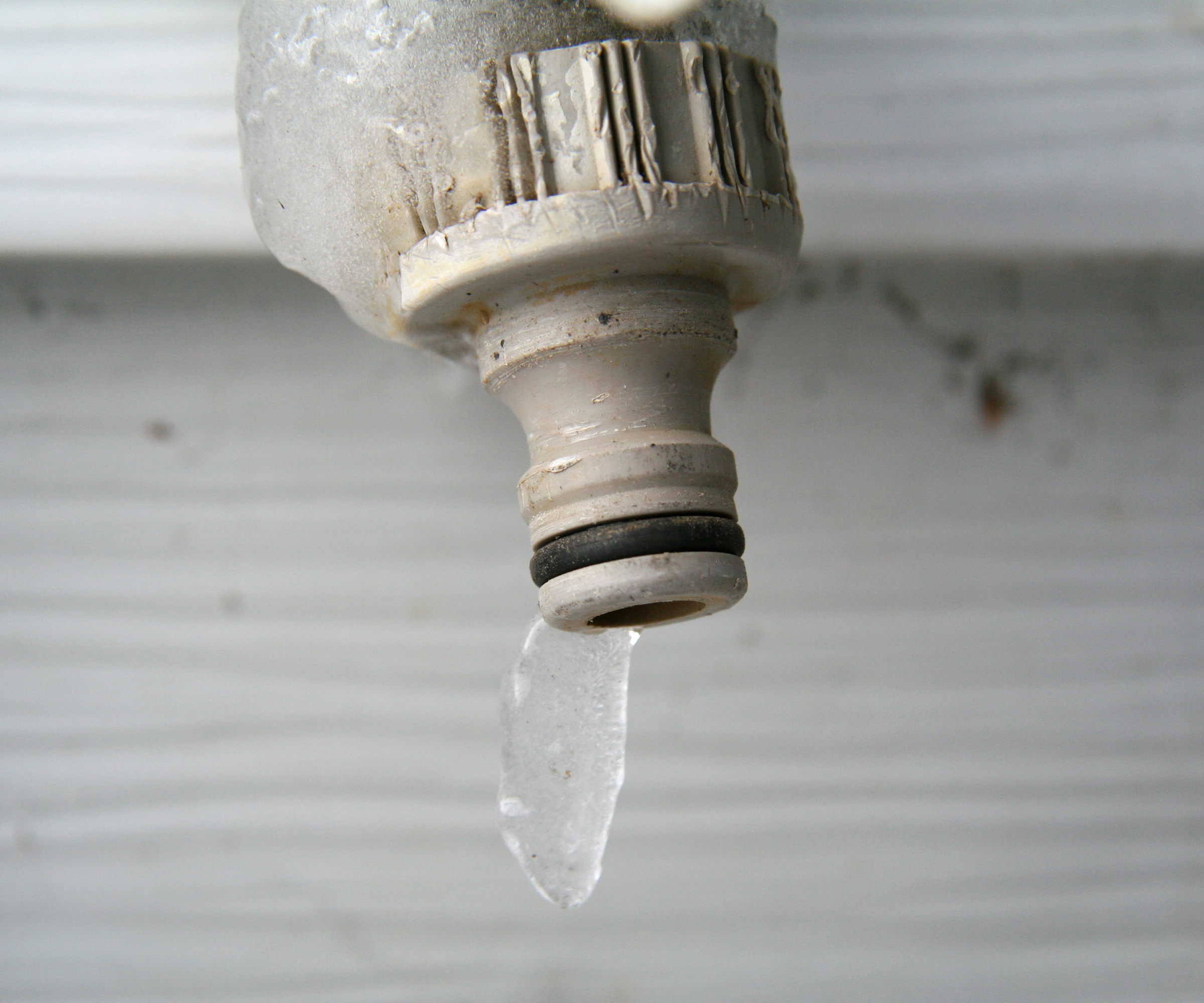
'For long-term solutions, consider replacing your existing spigots with frost-free hose bibs. These spigots are designed to prevent water from remaining in the section of the pipe that is exposed to the cold, thereby preventing freezing,' explains Josh Mitchell. This prevents water from sitting.
7. Seal gaps and cracks
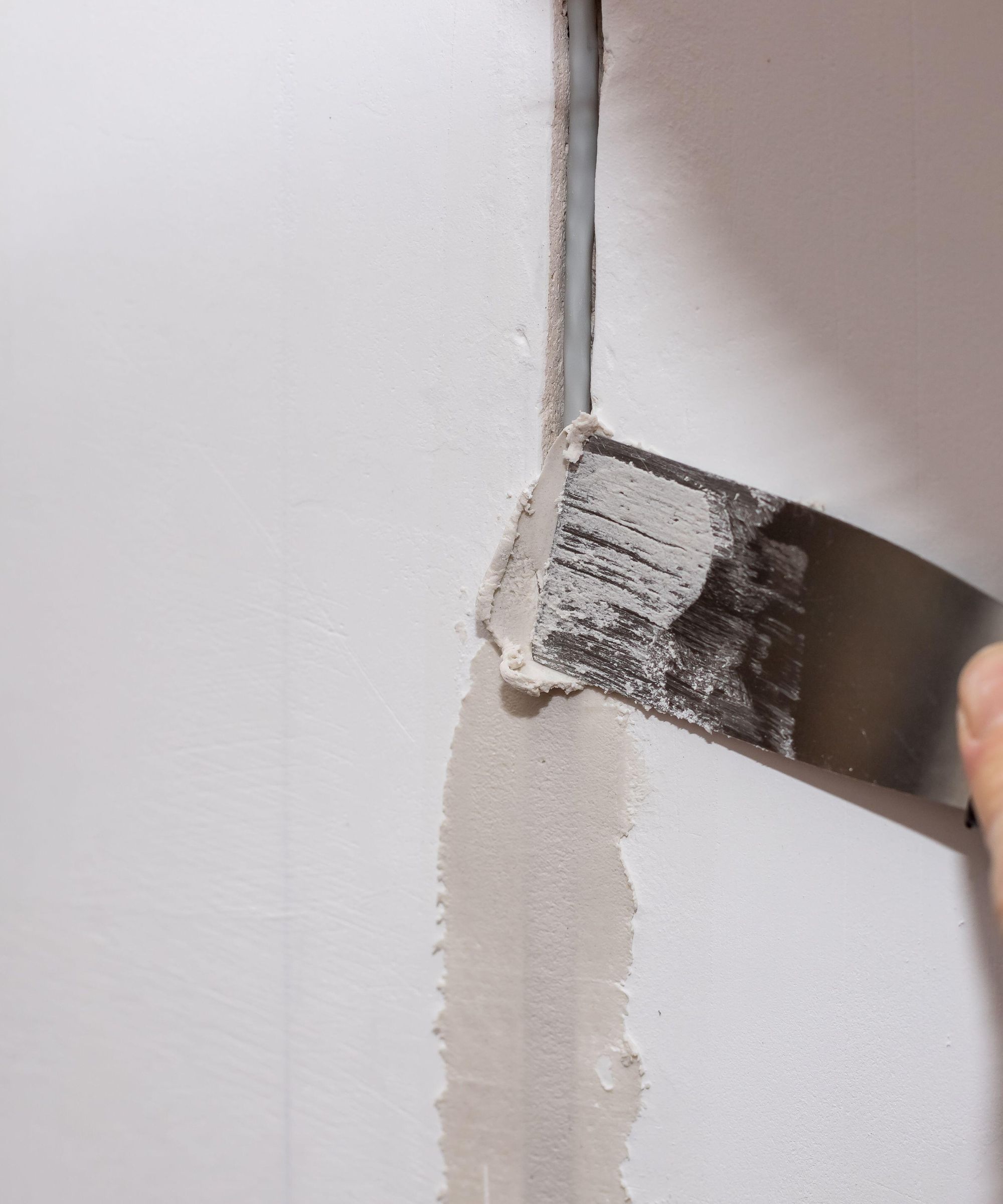
Inspect the area around your outdoor spigots for any gaps or cracks in the wall.
Using waterproof caulking or expandable foam to seal these openings will prevent cold air from reaching the pipes, leading to them freezing. We recommend this Gorilla waterproof caulk, from Amazon.
8. Add pipe insulation
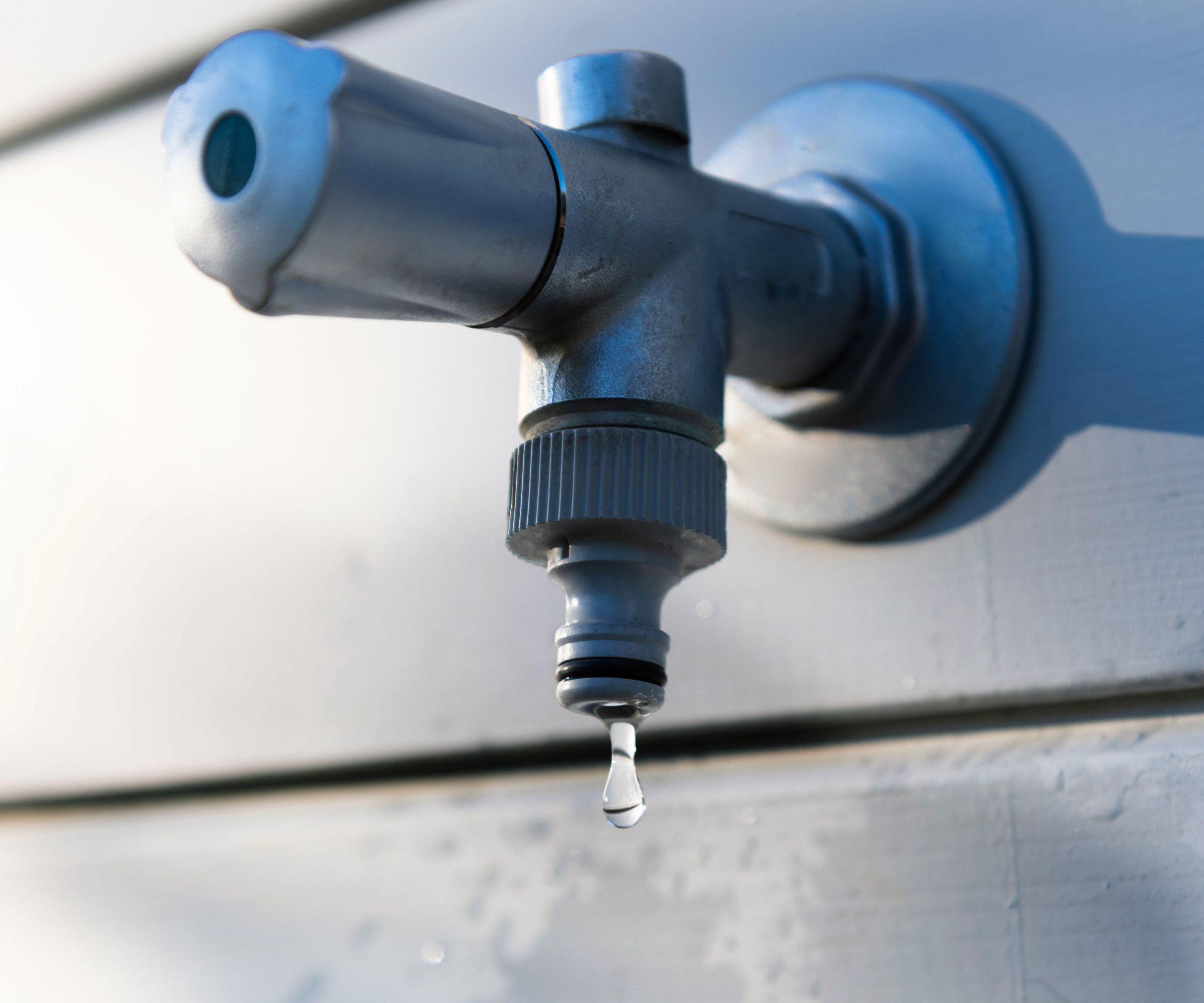
If your outdoor faucet is on an exterior wall, consider adding insulation to that wall. 'For added protection, insulate any exposed pipes near the spigot with foam pipe insulation. This helps to maintain a warmer temperature in the pipes and reduces the risk of freezing,' says Josh Mitchell.
Remember, to prevent spigots from freezing, keeping an eye on the weather forecast can ensure you aren't caught short. On nights when temperatures are expected to drop significantly, take extra precautions, such as letting a small trickle of water run from the spigot to prevent freezing.
Finally, Josh Mitchell says: 'If you're unsure about your home's plumbing winterization, consider hiring a professional to inspect and prepare your outdoor spigots for winter. This can provide peace of mind and ensure your plumbing is ready for the cold.'

Lola Houlton is a news writer for Homes & Gardens. She has been writing content for Future PLC for the past six years, in particular Homes & Gardens, Real Homes and GardeningEtc. She writes on a broad range of subjects, including practical household advice, recipe articles, and product reviews, working closely with experts in their fields to cover everything from heating to home organization through to house plants. Lola is a graduate, who completed her degree in Psychology at the University of Sussex. She has also spent some time working at the BBC.
